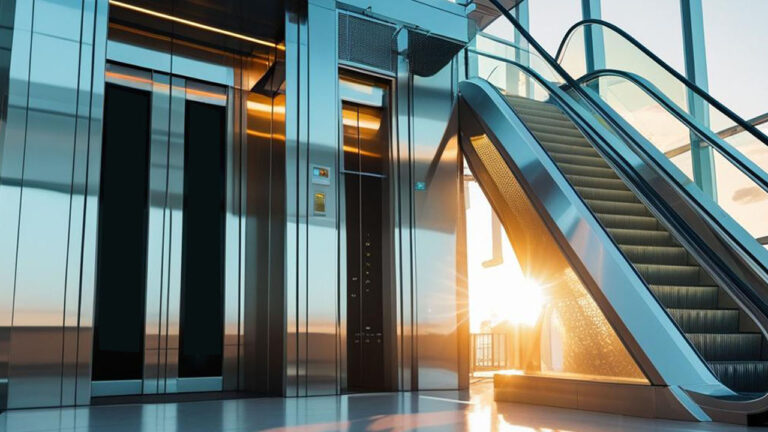It’s Tuesday morning in a busy downtown office block. Workers crowd around the elevator in the lobby only to discover, once again, that it is out of service. For the building operator, it’s another frustrating call to the maintenance service provider, followed by a load of delays sourcing scarce replacement parts and troubleshooting systems that are no longer up to modern standards.
Situations like this are becoming increasingly common. Globally, there are now around seven million elevators in operation that are over 20 years old . While many remain functional, they weren’t designed for today’s connected infrastructure or the heavier maintenance burden that comes with older components.
That’s why elevator modernization is on the rise. The global market is set to grow from US$15 billion in 2024 to US$25 billion by 2032 <same here with source>. Paired with emerging business models like Equipment as a Service (EaaS), modernization is helping operators turn elevators into smarter more efficient and sustainable assets that support better building performance.
Preventive elevator maintenance, powered by virtual twins
For decades, elevator maintenance followed a reactive model: fix it when it breaks or check it on a set schedule. Yet this approach has become increasingly costly and inefficient.
A big part of the problem is aging infrastructure. As older elevator models fall out of support, spare parts become harder to source and service teams are forced to rely on workarounds that don’t always hold up.
Virtual twin technology offers a smarter way forward. These dynamic virtual replicas of operational elevators provide a complete, real-time view of systems, allowing service teams to spot problems early, simulate fixes, and plan interventions before issues arise. A virtual twin of the installed base keeps track of each elevator across its entire lifecycle, capturing maintenance history, usage data, and technician insights that help preserve valuable knowledge.
By moving to smarter, preventive maintenance, virtual twins help teams avoid costly downtime, extend the life of critical components, and keep people moving smoothly and safely.
Elevator modernization supports smart, energy efficient buildings
Elevator modernization also plays a critical role in making buildings more sustainable. Elevators can account for up to 4% of a building’s total energy use and about 80% of that consumption happens in standby mode.
Upgrading elevators with energy-efficient drives, controls, and regenerative systems can cut energy use by up to 70%. Virtual twins support this transformation by pinpointing inefficiencies and helping to prioritize the upgrades that will deliver the greatest value.
Smart servicing strategies then make sure these gains last. By tracking system performance in real time, virtual twins help identify when an elevator starts to drift from optimal efficiency so teams can act fast to correct issues before they escalate.
Extending the useful life of elevator systems also reduces material waste and aligns with circular economy principles, helping building operators meet stricter environmental standards.
Modular upgrades make elevator modernization manageable
One of the biggest myths about elevator modernization is that it requires a full system overhaul. In reality, most elevators can be upgraded step by step.
Responsible for the majority of service issues and among the most visible parts of the system, doors are a practical first step. This relatively simple upgrade can solve up to 80% of reliability problems.
Virtual twins make this phased approach even more effective. Teams can digitally test new components to check compatibility, reduce installation risks, and plan upgrades around real system needs rather than assumptions.
It’s a flexible, cost-effective path that reduces disruption and delivers steady gains in performance, energy savings, and user experience.
Virtual twins unlock smarter elevator maintenance
As smart building technologies advance, virtual twins are emerging as a key enabler of strategic elevator maintenance. They allow building operators to move from reactive fixes to preventive strategies, reduce energy consumption, and upgrade systems gradually with confidence.
By providing a living, data-rich model of every elevator’s condition and history, virtual twins help service teams work smarter, not harder, and empower building owners to deliver a smoother, more sustainable experience for everyone who steps inside.

